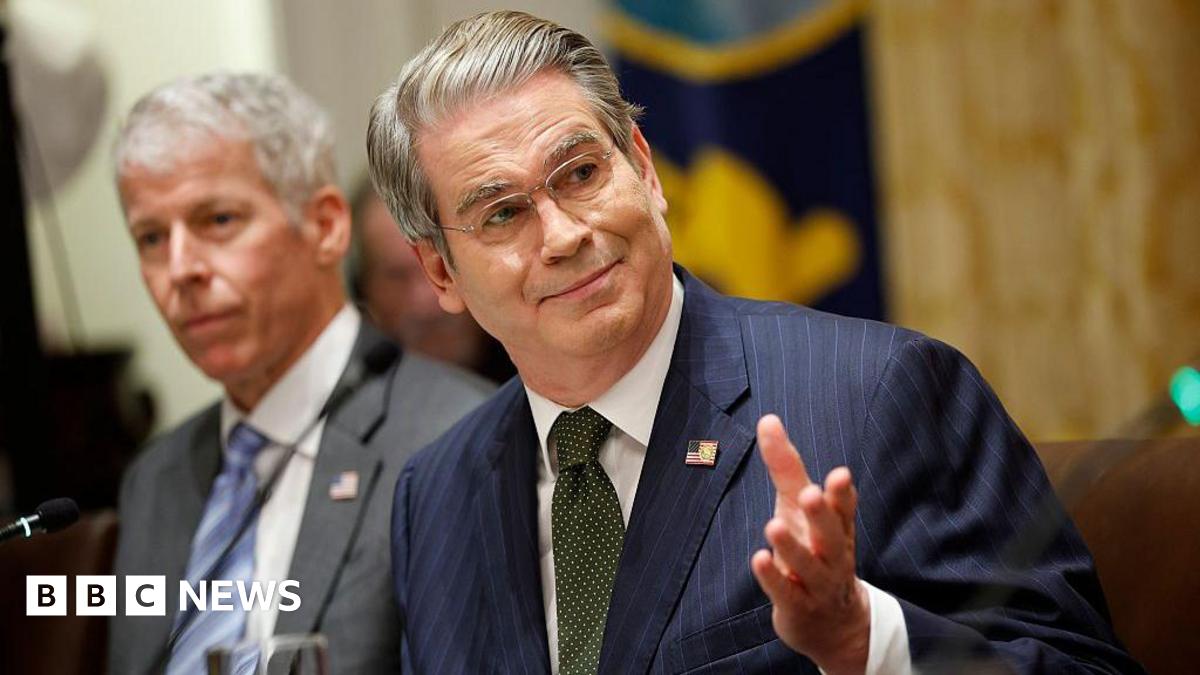The peso plummeted ahead of the midterms, as businesses and households in Argentina rushed to trade the currency for dollars.
People wanted to protect themselves, remembering the way the currency collapsed in 2019 after the election loss of former president Mauricio Macri, who was also known for economic reform, says Joaquín Bagües, managing director of Buenos Aires-based Grit Capital Group.
“Every single guy that I talked to, they wanted to buy dollars… they have very fresh memories about that,” he said, describing the run as a “confidence crisis.”
Mr Bagües says the demand for dollars has eased since the election.
But the peso has not experienced the kind of sustained relief seen in other assets, like bonds or the stock market, which surged more than 20% the day after the election and has continued to rise.
While Argentine companies are starting to tap international lending markets again, after being frozen out ahead of the election, analysts say they expect US banks to remain wary of lending to Argentina, despite a push by Bessent to arrange an additional $20bn in private financing.
And Mr Bagües says there are too many policy questions ahead to predict what will happen to the peso.
Kathryn Exum, co-head of sovereign research at Gramercy Funds Management, suggests that the peso could rise “over the medium term” if the government is able to continue advancing economic reforms.
But, she adds, “there’s a lot that needs to be done between now and then”.
For now, Anthony Simond, investment director on the emerging market debt team at Aberdeen Group, says he expects the peso has farther to fall.
“Bessent may say one thing, but I think the economic reality may force them to be a little bit more flexible in terms of currency management,” he says.
